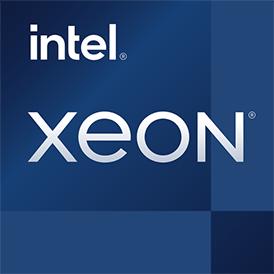 Estimated results for PassMark CPU Mark
Estimated results for PassMark CPU Mark
|
|
Intel Xeon E5-2678 v3
12C 24T @ 2.5 GHz
|
14699
|
|
|
Intel Core i7-3770K
4C 8T @ 3.5 GHz
|
6474
|
 Geekbench 5, 64bit (Multi-Core)
Geekbench 5, 64bit (Multi-Core)
|
|
Intel Xeon E5-2678 v3
12C 24T @ 2.5 GHz
|
9338
|
|
|
Intel Core i7-3770K
4C 8T @ 3.5 GHz
|
3409
|
 Geekbench 6 (Multi-Core)
Geekbench 6 (Multi-Core)
|
|
Intel Xeon E5-2678 v3
12C 24T @ 2.5 GHz
|
8086
|
|
|
Intel Core i7-3770K
4C 8T @ 3.5 GHz
|
2527
|
 Geekbench 6 (Single-Core)
Geekbench 6 (Single-Core)
|
|
Intel Xeon E5-2678 v3
12C 24T @ 2.5 GHz
|
1131
|
|
|
Intel Core i7-3770K
4C 8T @ 3.5 GHz
|
737
|
 Geekbench 5, 64bit (Single-Core)
Geekbench 5, 64bit (Single-Core)
|
|
Intel Xeon E5-2678 v3
12C 24T @ 2.5 GHz
|
903
|
|
|
Intel Core i7-3770K
4C 8T @ 3.5 GHz
|
873
|
 iGPU - FP32 Performance (Single-precision GFLOPS)
iGPU - FP32 Performance (Single-precision GFLOPS)
|
|
Intel Core i7-3770K
4C 8T @ 3.5 GHz
|
294
|

